EXAPUNKS
by Zachtronics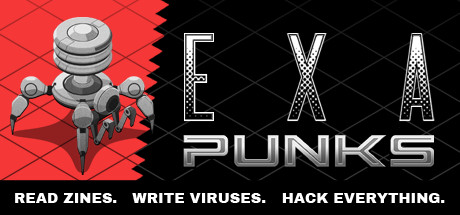
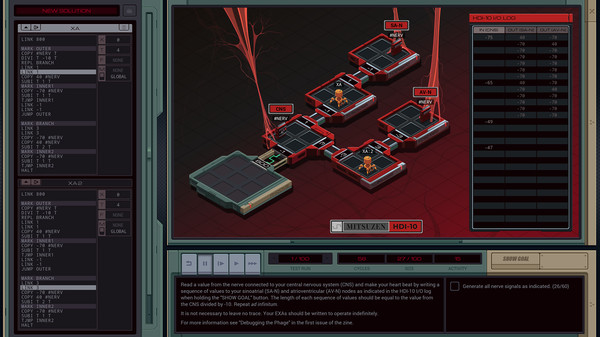
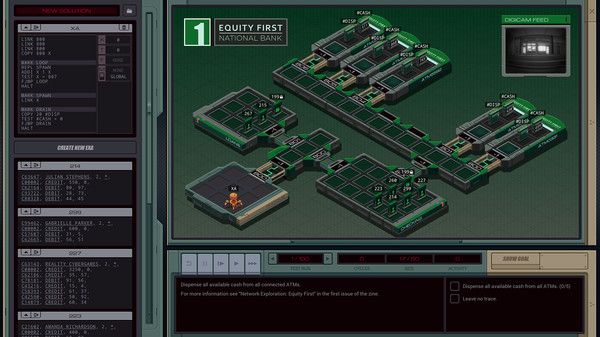
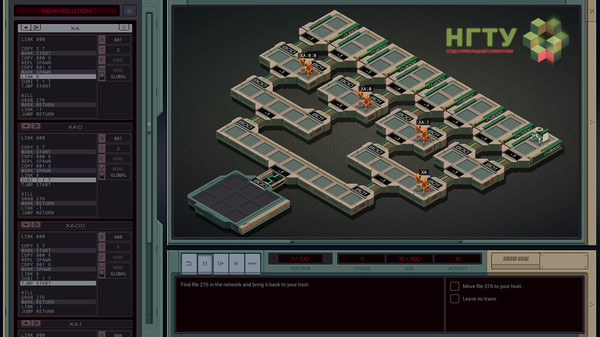
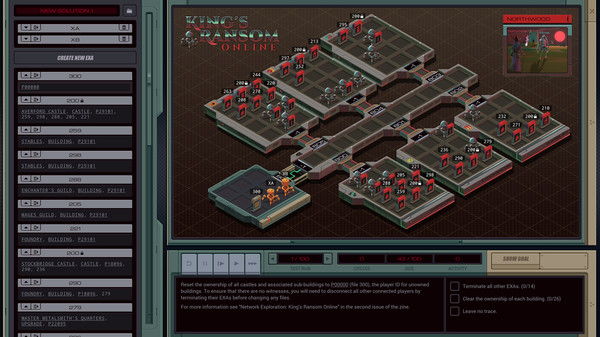
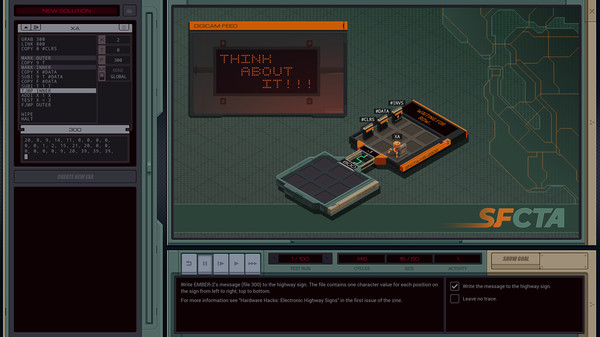
The Developer Says...
The year is 1997. You used to be a hacker, but now you have the phage. You made a deal: one hack, one dose. There’s nothing left to lose… except your life.
Keywords
Players Like...
❤ Gameplay Mechanics
Players program tiny digital agents called EXAs using a custom assembly-like language, solving intricate challenges by crafting precise code to manipulate files, infiltrate networks, and complete specific objectives. The game creates a constrained programming environment that demands creative problem-solving within tight technical limitations.
❤ Core Programming Challenge
Each level presents players with complex tasks that require strategic code development under line-count restrictions, clever management of four limited registers, coordinating multiple agents to work in parallel, and developing innovative solutions through experimental coding.
❤ Optimization and Replayability
The game's core appeal lies in its optimization challenges. After solving a level, players can trim code from 150 lines to under 50, reduce computational cycles from 3000 to 1000, climb global leaderboards through increasingly elegant solutions, and discover multiple problem-solving approaches.
❤ Learning and Skill Development
Players learn fundamental programming concepts through simulated assembly language principles, parallel computing strategies, logical decomposition of complex problems, and iterative code refinement techniques.
❤ Unique Game Features
The game offers a rich narrative set in an alternate 1997 cyberpunk world, printable underground 'zines' that serve as contextual tutorials, a sandbox environment allowing players to create their own games, and competitive multiplayer puzzle-solving arenas.
❤ Player Satisfaction
Enthusiasts consistently highlight a meticulously crafted difficulty progression, profound satisfaction from solving seemingly impossible challenges, a realistic yet accessible programming simulation, and an immersive narrative that complements technical gameplay.
❤ Accessibility
Despite its complexity, the experience welcomes newcomers through an intuitive tutorial system that introduces concepts gradually, visual representations of code execution, flexible approaches to problem-solving, and minimal prior programming knowledge required.
About | Terms of Service | Privacy Policy
Copyright ©2024 by Totally Human Media
